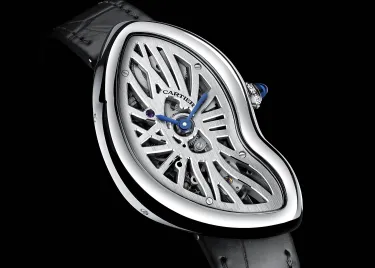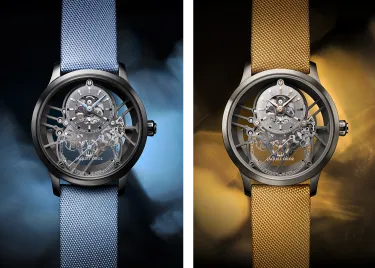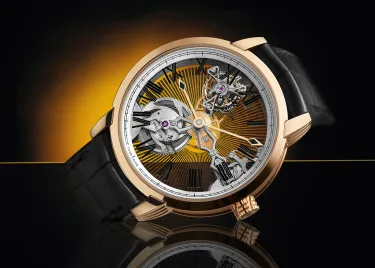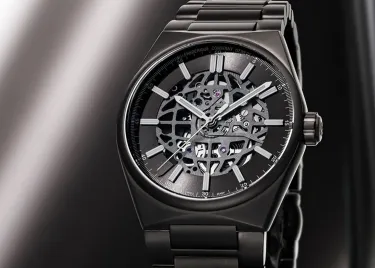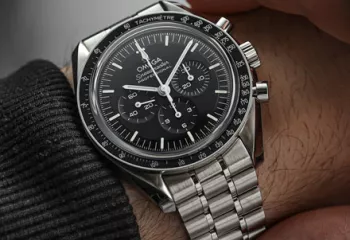Focus
The new face of skeleton watches
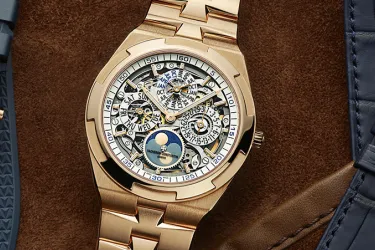
An ancestral art, the skeleton movement has greatly evolved, breaking codes, geographical, aesthetic, technical and price boundaries. A skeleton, yes, but very much alive!
Let's take a look back
It had no shape. It looked like a crushed watch. And just as well: it was the Crash de Cartier, a watch whose shapes were designed as if the piece had been smashed after a bad shock. It was the end of 2015, and the skeleton watch was taking a new turn. Or rather, two! The first: the skeleton watch could be a real work of art. The second: to achieve this, it is sometimes necessary to rework a movement in extenso, and not simply to remove the dial that covers it.
These two principles now form the backbone of the new skeletons. Highly worked watches, adjusted to the millimeter. Technical feats that consist in stripping a movement of as much of its material as possible, to the limits of its resistance.
Rethinking the movement
At Cartier, the Crash Squelette was a master stroke, but not the only one. The Skelet-One by Jaquet-Droz comes to mind,, a skeletonised reinterpretation of its mythical Grande Seconde - again, a piece whose movement also had to be completely rethought to be emptied of its material... but not of its substance.
Others have made the skeleton a true aesthetic signature. This is the case of Roger Dubuis, but especially of Richard Mille. The man did not choose the principle of the skeleton by chance: it is, for him, the best way to attest the extreme robustness of his watches, even with an ultra-minimalist movement.
Without going to the technical extreme, it remains possible to pursue the aesthetic extreme. This is the aim of Hysek, a young 100% independent brand. It calls its practice "extreme skeletonisation". And one is forced to notice that there is indeed not much material left on its IO Tourbillon Squelette!
Technical feats
The institutional Houses have also taken up the subject. Vacheron Constantin is one of the proudest representatives and proved it once again at Watches & Wonders Geneva. The Overseas ultra-thin skeletonised perpetual calendar offers a fully skeletonised Manufacture movement, the 1120 QPSQ/1 calibre with perpetual calendar, within an extra-thin case measuring 8.1 mm thick. A double feat that confirms the interest of collectors for this truly aesthetic complication.
However, it is not always necessary to climb to the top of the range to benefit from a beautiful skeleton movement. The independent firm Claude Meylan has made it its hobbyhorse. In an original, playful but above all accessible way, it offers, in particular with its Tortue models, aerial and hollowed-out interpretations of ETA bases (or similar) with real creativity. And it is one of the few brands to also offer beautiful 100% female skeletons.
Since then, the art of the skeleton has spread far beyond the Swiss borders. A few months ago, Grand Seiko unveiled its Kodo, a magnificent authentically Japanese complication, which combines a tourbillon with a constant-force escapement. A real tour de force that the Manufacture has chosen to exhibit within a skeletonised architecture, and truly a new face for this ancestral art.
But, beyond geographical borders, the skeleton has also crossed price boundaries. Many brands offer skeleton models...at very low prices, like Maurice Lacroix, with the now collector's Aïkon Skeleton . More intrepid, but also more mysterious: the Perrelet Turbine Skeleton , whose movement will only appear according to the crazy rotations of its famous rotor placed on its dial. And more recently, the Geneva-based company Frédérique Constant has brought its relentless Highlife back to the forefront, in a skeleton version.
For a few dozen francs a month, why deprive yourself?
